
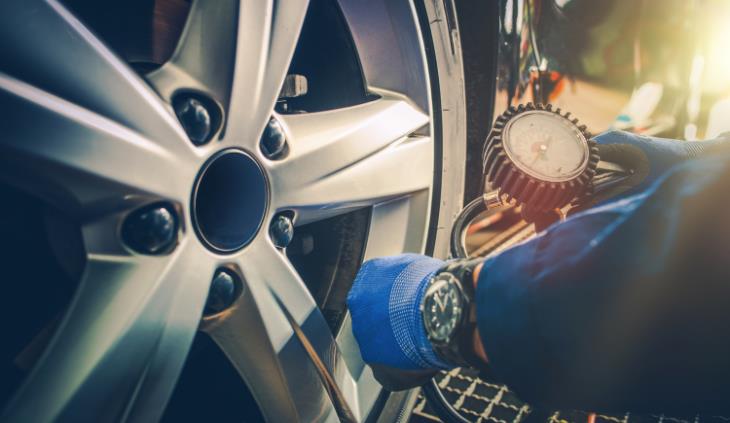
As the temperatures start to drop, you may see more and more of your tire pressure light. “For every 10°F drop in temperature, tire pressure decreases 1-2 PSI,“ according to Rich White, executive Director of the car care council. That is because, for most materials, the cold causes shrinkage while heat causes expansion, essentially reducing the air pressure in your tires.
PSI stands for pounds per square inch, indicating the distribution of air inside your tires. That is the official unit of measurement for air pressure.
The system that monitors the air pressure inside your tires is called a TPMS (tire pressure monitoring system). It came about after the Ford-Firestone tire scandal, in which low tire pressure in Ford Explorers caused them to roll over. In the aftermath of this event, the National Highway Transportation Safety Administration declared a TPMS mandatory in all new cars, starting in 2008.
Related: Drive Safely This Winter
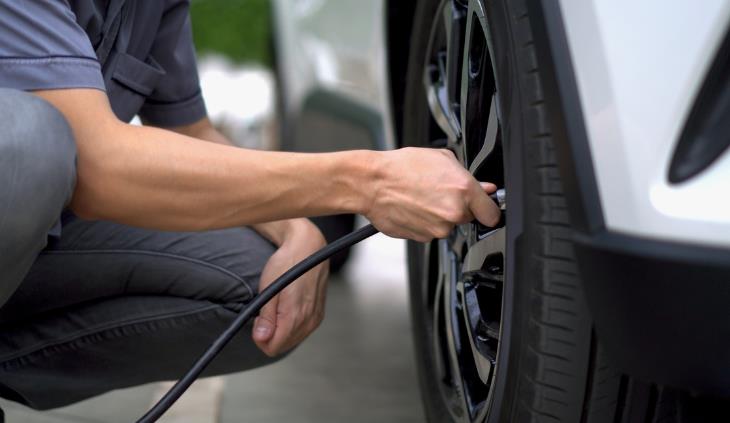
Apart from a gradual increase in fuel consumption and CO2 emissions, under-inflated tires will also wear out much faster than a properly insulated tire. In winter and fall, the risks for an accident become greater as under-inflated tires can lose grip on the road.
The problem is, these systems are not always accurate and can be off by as much as 2 PSI. Here we list some troubleshooting tips for a potentially faulty TPMS system:
⁃ The light won’t turn off immediately as you fill up your tires. It should, however, turn off after a 10-mile drive. If it doesn’t turn off, go to the mechanic to have it recalibrated or do it yourself. Instructions should be in your car user manual.
⁃ Your air pressure light may turn off come noon, as the temperatures rise and the air in your tires expands.
⁃ You can over-inflate your tires by no more than three PSI if the air pressure light persists.
⁃ You can find the ideal tire pressure for your car on the sticker inside the driver's door. If there is no sticker, this information should be found in your car user manual.
⁃ In any case, inflate your tires once a month.
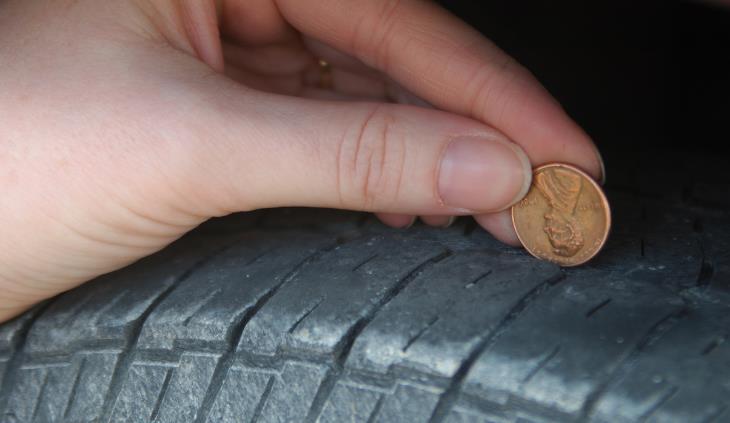
The tire tread has several functions. The main one is to enable your car to have a proper grip on the road. If the tread is worn down, the grip is not optimal and the risk of accidents goes up. To test the tread of your tires, you don’t need fancy equipment – you can use a quarter. Here’s how:
Find the area on your tire with the lowest tread. Insert the quarter headfirst into the tire tread. If you can see all of Washington’s head, it’s time to replace your tires. You can do the same test with a penny. If the penny meets the tire on Lincoln's hairline, replace your tire soon.
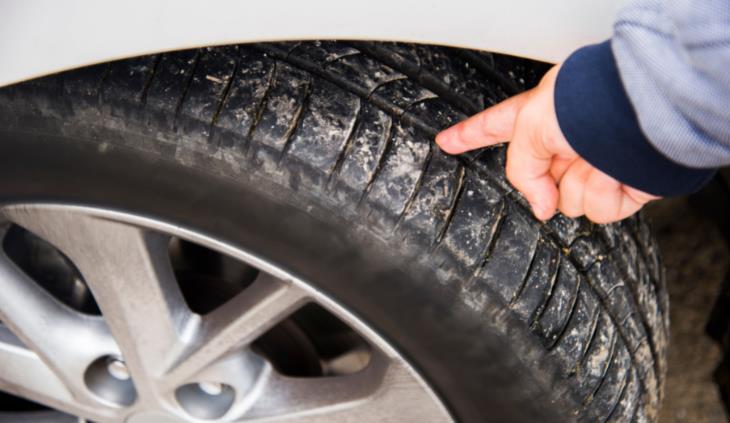
The treads on your tires direct water away from your tires to allow optimal grip even during rainfall. Virginia Tire & Auto explains it very well:
"Water cannot be compressed, so a vehicle needs enough tread depth to allow rain to escape through the tire’s grooves. Tires have channels for water to flow through; channels are designed to direct water away from the tire so it can remain in contact with the road. The deeper the channel, the more water can move. Tires that are worn down have shallower channels resulting in a dramatic effect on the vehicle’s ability to stop on wet roads." (Source)
Related: Defrost Your Windscreen in Seconds With These Methods
Proper tread depth also plays a major role in translating braking power into stopping power by creating optimal traction.
Apart from the usual monthly tire inflation, there are other treatments needed to keep your tires in good shape for as long as possible. Every 15,000 miles you should have your wheels balanced. Once a year, check the alignment of your wheels and the spare tire too.

15 Reckless Drivers That Will Leave You Speechless
These bizarre, unexpected, and downright stupid driving moments all beg the question, “How on earth did this happen?”
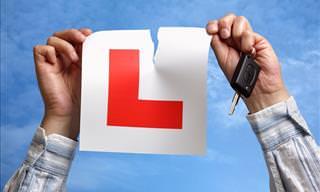
QUIZ: Would You Still Pass a Driving Test Today?
Do you think you've still got what it takes to pass a US driving test if you were to go through another one today? Find out here.
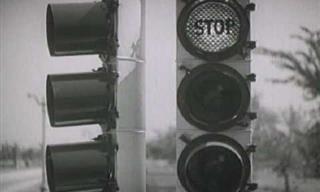
The Surprisingly Convoluted History of Traffic Lights
What did the first-ever traffic light look like? Probably stranger than you imagine...
 7:46
7:46
The Surprising Rise of Nio, the Chinese Version of Tesla
In just a few years, the Chinese e-car startup Nio went from near bankruptcy, to the most valuable automaker in the world and Tasla's main rival.

10 Features In New Car Models You Should Know
the sheer number of feathers in modern car models can be overwhelming. Here are 10 important features you may not even be aware your car has.
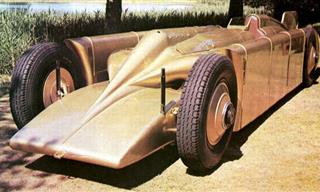
The Incredible Cars That Broke the Land Speed Record
Having broken the speed of sound, designers are developing a car designed to travel at 1000 mph. Here are the other cars that have broken the land speed record.
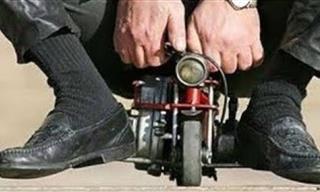 19:01
19:01
15 Incredibly Small Vehicles You’ve Never Seen Before
It's hard to believe how ridiculously small these vehicles are. Take a look.

Yikes! These Cars Are Truly The Worst Ever Made...
Some cars are a really a blot on the world's roads. From hideous styling, to pathetic performance and alarming safety, these 15 are the worst of the worst.
 4:35
4:35
This Was One of the Most Unusual Vehicles of the Cold War
Did you know that the Soviet Union had once developed a gigantic flying boat that rode just above the surface of the water? Let's find out more.

These Cars Were Designed By Some Truly Creative Geniuses!
There have been some truly strange cars seen on the road, but nothing beats these 10 cars designed by major companies to be unique
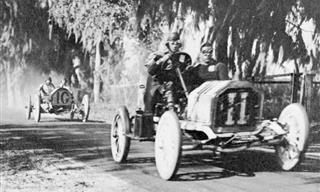
13 Rare Photos of Awesome Vintage Cars in Action
These images offer a rare look at some of the earliest moments of automotive racing.
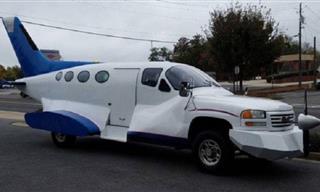
Weird Cars: 15 of the Most Peculiar Models Ever
Check out some of the weirdest and most peculiar car designs that have ever been created.

The Coolest Warplanes Ever Built—See the List!
Let’s take a look at some of the most fascinating, unconventional, and downright coolest military aircraft ever built.
 10:26
10:26
Top 10 Most Expensive Cars in the World
Let's have a look at the most expensive and luxurious cars in all of 2023.

7 Beloved Grand Cars Reimagined as Today's Cars
Here’s how some discontinued car models would look if they made a comeback in 2021.
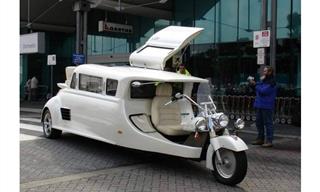
16 Wacky Cars That’ll Make You Do a Double Take
Take a look at these bizarre and wacky cars...
 20:30
20:30
The Forgotten Airships of the U.S. Military
This is the story of America's ambitious journey into the age of aerial warfare.

Iconic Trains That Reshaped the Course of History
Here is a look at some of the most important trains in history that went on to reshape the course of events in the world in their time.

Each of These Rare Cars is More Beautiful Than the Last...
Each of these rare cars is more beautiful than the last.
 13:27
13:27
10 of the Worst Car Models in History
From a car notorious for spontaneously catching on fire to the one you had to open from the front like a fridge, these are the words car models of all time!

Discover the Delights of the Darjeeling Line In India
The intrepid explorer, Mark Twain, took this train journey on his travels through Asia during the late 19th Century. Come and explore this enchanting railway.
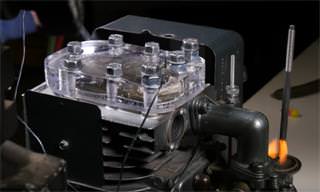 8:13
8:13
WATCH: The Inner Workings of an Internal Combustion Engine
The internal combustion engine caused one of these greatest revolutions in all of human history. Now you can watch its inner workings in full HD.
 4:50
4:50
10 Helicopter Stunt Pilots Who Really Know Their Game
10 of the wildest, yet incredibly skilled, helicopter pilots are going to show you their best.

Fixing a Car Has Never Been Easier Thanks to This Guide
Discover how to diagnose and fix 16 common car problems thanks to the awesome video guides.
 9:40
9:40
The Incredible Story of the LARGEST Helicopter Ever Built
Back in the ‘60s, the USSR designed and built the world's largest helicopter. This is it's little-known story.

20 Photos Showing the Evolution of the Formula 1 Cars
In the series of images before you, you'll find the crown jewels; some of the best cars that won the Formula 1 championship in different periods.
 8:48
8:48
The Car-Free Revolution is Slowly Taking Over
Slowly but surely, more and more cities all over the world are opting for car-free streets. Can this become the new norm everywhere?

Armored History: 10 Most Important Tanks of WWII
Tanks were a significant factor in most of the main fighting theatres in World War II. Here are 10 important models any history buff should know.

These 12 Beautiful Cars Are Literally One of a Kind
There are only one each of these beautiful, classic cars.

You Won’t Believe How Massive These Steam Locomotives Were
Here we present some of the largest steam locomotives ever built throughout railway history.

Discover How Cadillac's Iconic Cars Evolved Over the Years
Cadillac have been manufacturing luxury cars for 113 years. Here are some of their most celebrated models throughout the history of the American brand.
 8:30
8:30
The Inflatable Airplane That Once Promised To Save Lives
The Goodyear Inflatoplane was a unique aircraft from the '50s that was designed as a rescue vehicle. Learn all about its story here.

How Far Can You Drive with a Car's Fuel Warning Light On?
Sometimes we inevitably end up cutting it too fine when it comes to the amount of gas that we have in our car. Read this guide to learn how far you can go.

These Cars Are So Obscure, Even We Didn't Know About Them!
It's sad to think that some of these extraordinary sports cars are so obscure. Here are 10 highly obscure sports cars.
 11:23
11:23
The Eighth Wonder: How the Panama Canal Works
The Panama Canal is an engineering wonder, see how it was built and how it works here
 44:39
44:39
How the Spitfire Became the Most Iconic Plane to Ever Fly
This full documentary will tell you all you need to know about the plane that saved Britain from invasion and defeat during the Second World War.
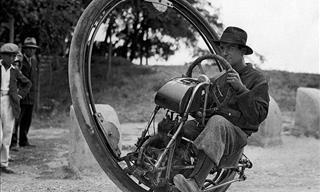
13 Unusual Vintage Vehicles You’ve Probably Never Seen
Take a look at this collection of classic pictures showing the weirdest and coolest vintage vehicles from history.

There's More to Porsche Than You Ever Imagined...
Porsche is one of the most celebrated sports car manufacturers in the world, but there's a lot more to the company than you imagined. Here are 11 Porsche facts.

These Wacky Cars, Trains & Bikes Will Crack You Up!
These 15 hilarious, wacky cars are sure to turn heads, but not in the way their owners expect!
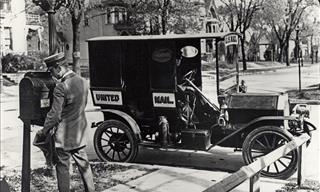
These U.S. Postal Vehicles Depict a Fascinating History
Go back in time and know the fascinating history behind some of the oldest U.S. postal vehicles, dating back to the 19th and 20th century.
 10:07
10:07
I Can't Believe These Ridiculous Cars Actually Exist!
You've got to check out these 20 hilariously original cars that really do exist!

We Bet You've Never Seen Cars Stranger Than These
These cars are undoubtedly the strangest cars that you have ever seen.
 6:39
6:39
Traveling In This Train Will Be An Incredible Experience!
Japanese Maglev L0 has now become the world’s fastest bullet train. Let’s find out more about it.
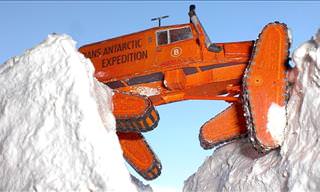 11:30
11:30
Extreme Vehicles That Will Impress You
If you like to follow up with technological advancements, you'll love watching these extreme vehicles persevere even in the worst weather conditions!

The Five Most Advanced Electrical Cars in 2025
In 2025, a select few EVs stand at the forefront of innovation – integrating advanced software, autonomous driving capabilities, next-gen batteries, and smart features – all in the service of safety, comfort, and efficiency.

Would You Like to Drive Any of These Weird Cars?
Here are some of the most oddball cars you will ever see on the roads.
 19:27
19:27
15 of the Most Unusual, Oddball Vehicles Ever Designed
Check out some of the most unusual and peculiar vehicles ever designed.
To enable your Ad-Free Subscription, please fill the fields below
Your subscription was successful, now you can enjoy an ad-free experience!! Note: To make sure you get no ads, please make sure to log in to your account. If you are logged in already, then refresh the page. The subscription can be cancelled at any time.


